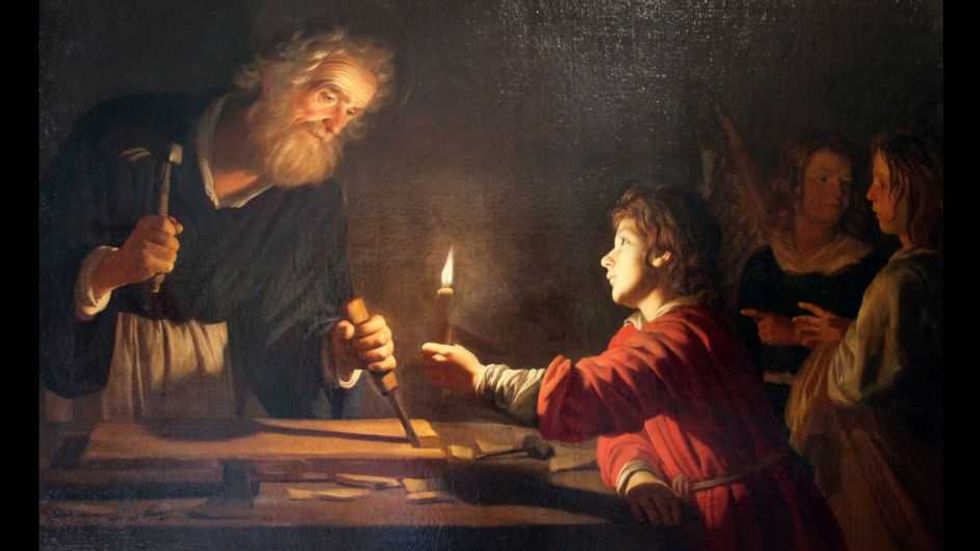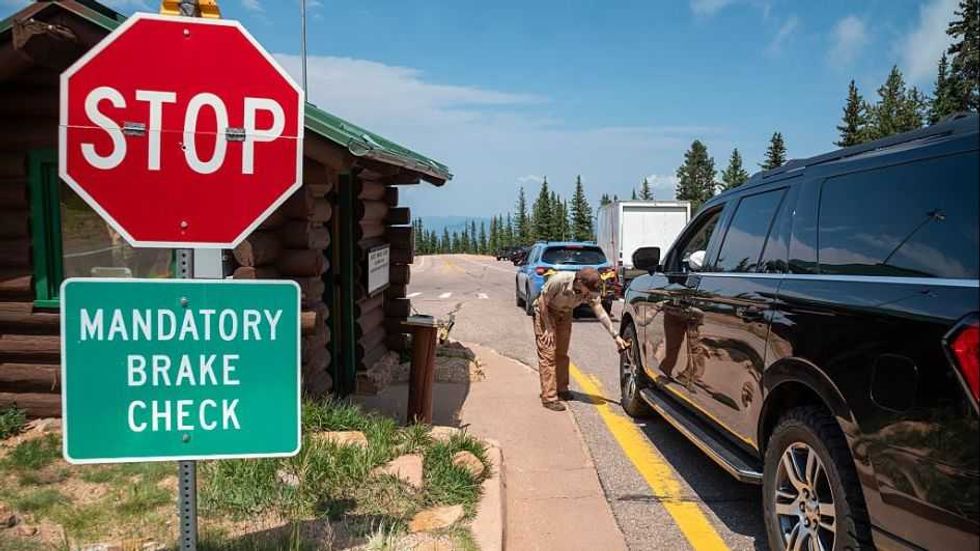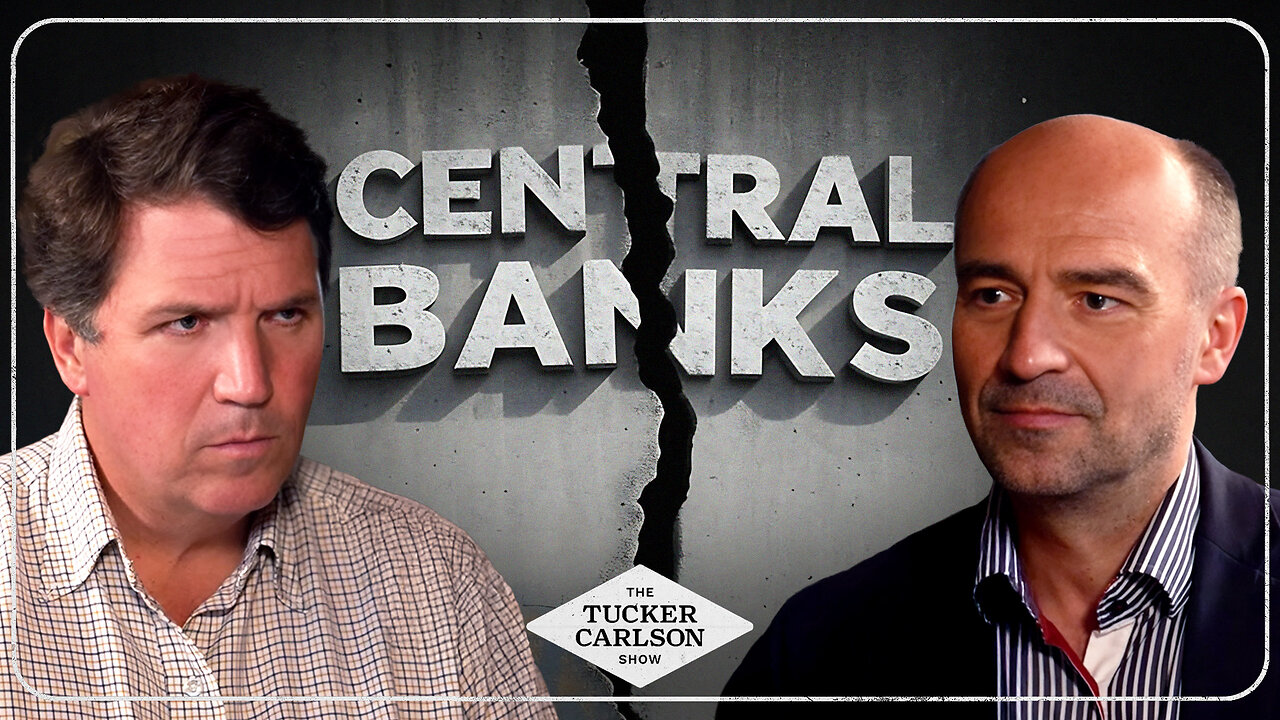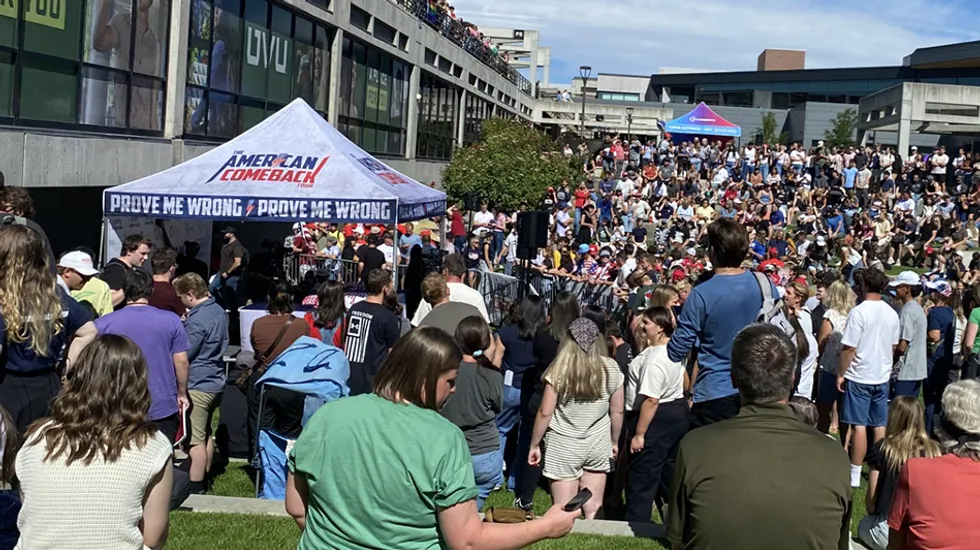Archaeologists unearth 2,000-year-old mystery that may confirm details of biblical account of Jesus' burial
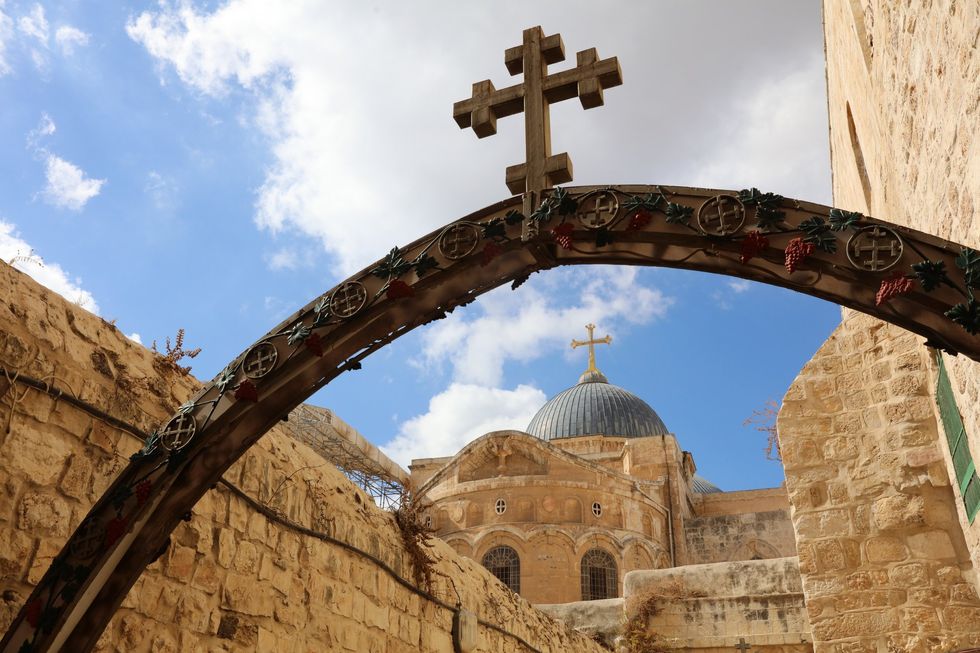

Archaeologists believe they have uncovered remnants of an ancient garden that may confirm certain details of the biblical account of the burial of Jesus Christ.
A team of researchers from Sapienza University of Rome discovered remains of ancient olive trees and grapevines that allegedly date back to the time of the death of Jesus Christ in the spring of 33 A.D., according to the Jerusalem Post.
'The real treasure we are revealing is the history of the people who made this site what it is by expressing their faith here.'
The traces of the olive trees and grapevines were identified through archaeo-botanical and pollen analysis. The remains were discovered at the Church of the Holy Sepulchre in Jerusalem, Israel.
The Christian Post notes, "The Church of the Holy Sepulchre marks the traditional site of both Golgotha (Calvary) and Jesus’ tomb."
The site was believed to be a former quarry before it was transformed into a cultivated area.
The excavation unearthed low stone walls and filled-in soil, which suggests that the quarry was transformed into a garden.
Researchers believe that the remains could be in the same "garden" area that is mentioned in John 19:41: "Now in the place where he was crucified there was a garden; and in the garden a new sepulchre, wherein was never man yet laid. There they laid Jesus."
"The archaeo-botanical findings have been especially interesting for us, in light of what is mentioned in the Gospel of John, whose information is considered written or collected by someone familiar with Jerusalem at the time," Professor Francesca Romana Stasolla of Sapienza University in Rome told the Times of Israel. "The Gospel mentions a green area between the Calvary and the tomb, and we identified these cultivated fields."
Radiocarbon dating of the garden remains is still being processed.
In addition to the botanical and geological discoveries, researchers found marble tombs in the church compound that appeared to be connected to Joseph of Arimathea, the biblical figure who allegedly assumed responsibility for the burial of Jesus Christ after his crucifixion.
Stasolla added, "We are conducting geological analysis to verify the origin of the marble, and we are also testing the mortar. Both tests can give us important information."
The archaeological discovery could settle long-standing debate regarding the exact location of Jesus's crucifixion and burial.
Stasolla noted, "Whether someone believed in the historicity of the Holy Sepulchre or not, the fact that generations of people did was objective. The history of the place was the history of Jerusalem, and at least from a certain moment, it was the history of the worship of Jesus Christ."
Stasolla said, "The real treasure we are revealing is the history of the people who made this site what it is by expressing their faith here."
Stasolla stressed, “It is the faith of those who have believed in the holiness of this site for millennia that has allowed it to exist and transform.”
The excavation at the site in Jerusalem’s Old City began in 2022 as part of a restoration project.
“With the renovation works, the religious communities decided to also allow archaeological excavations under the floor,” Stasolla stated.
“While we have not been able to see the entire church excavated in one glance, new technologies are allowing us to reconstruct the bigger picture in our labs,” Stasolla continued. “If we were talking about a puzzle, we could say we are only excavating one piece at a time, but eventually, we will have a complete multimedia reconstruction of the full picture.”
Like Blaze News? Bypass the censors, sign up for our newsletters, and get stories like this direct to your inbox. Sign up here!
Originally Published at Daily Wire, Daily Signal, or The Blaze
What's Your Reaction?
 Like
0
Like
0
 Dislike
0
Dislike
0
 Love
0
Love
0
 Funny
0
Funny
0
 Angry
0
Angry
0
 Sad
0
Sad
0
 Wow
0
Wow
0
